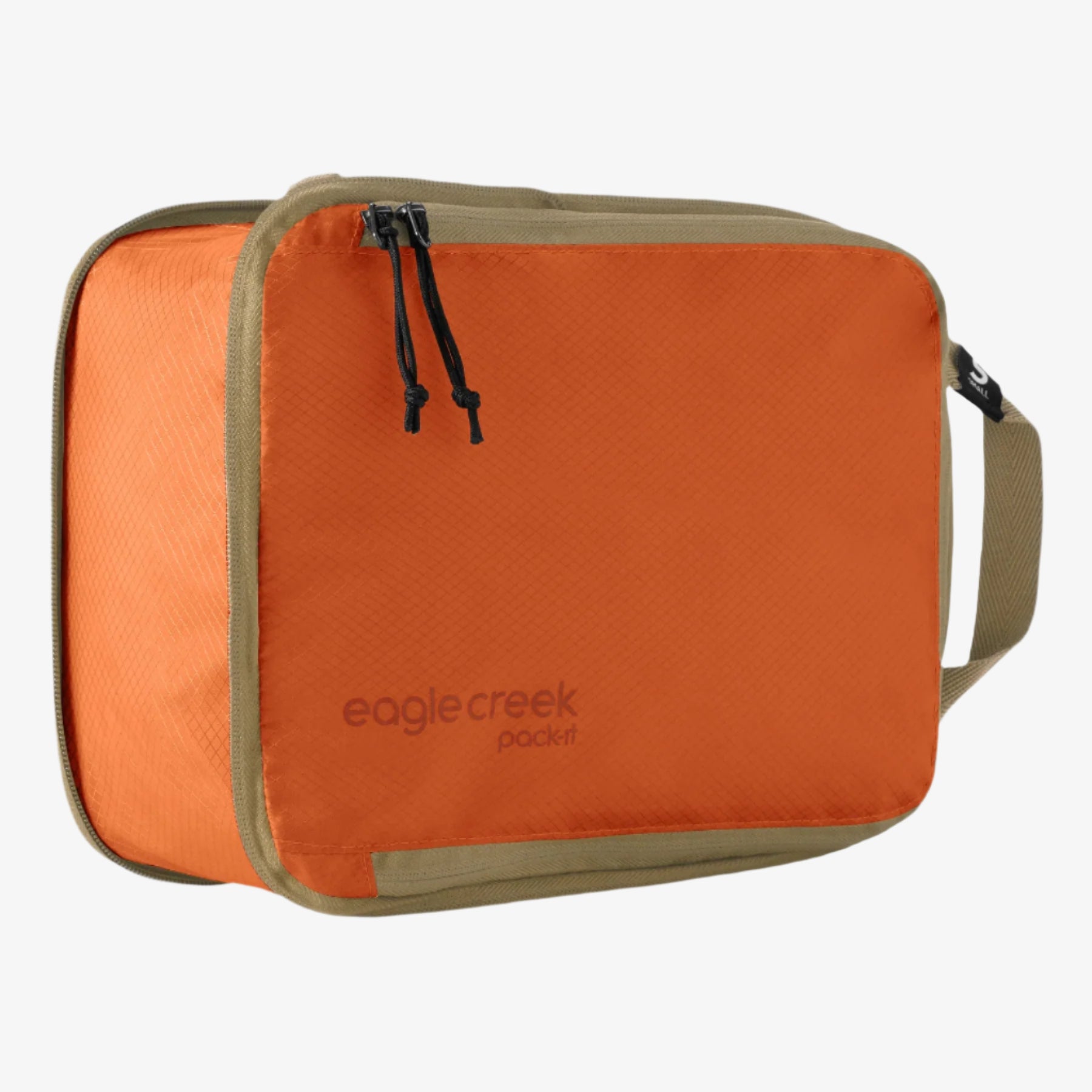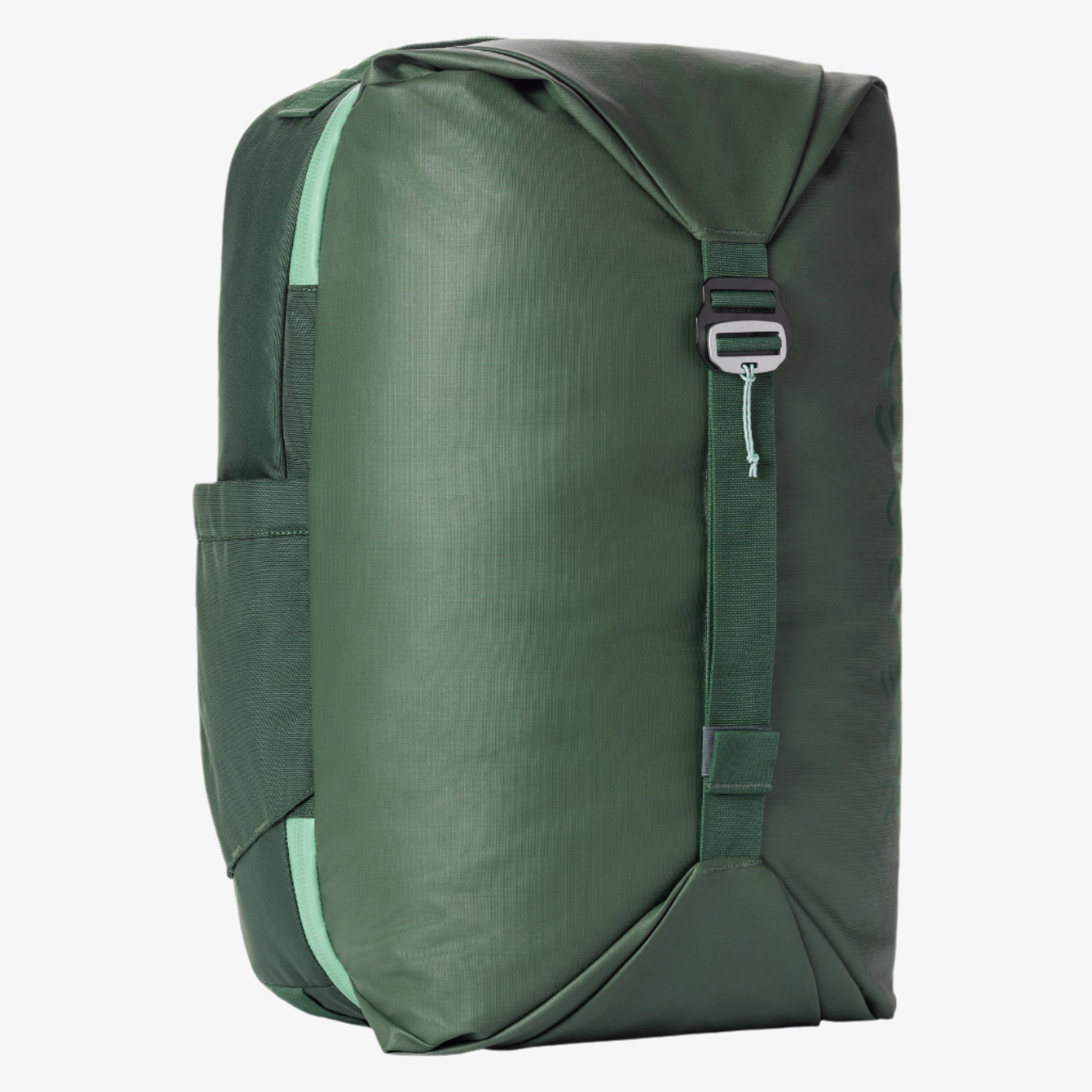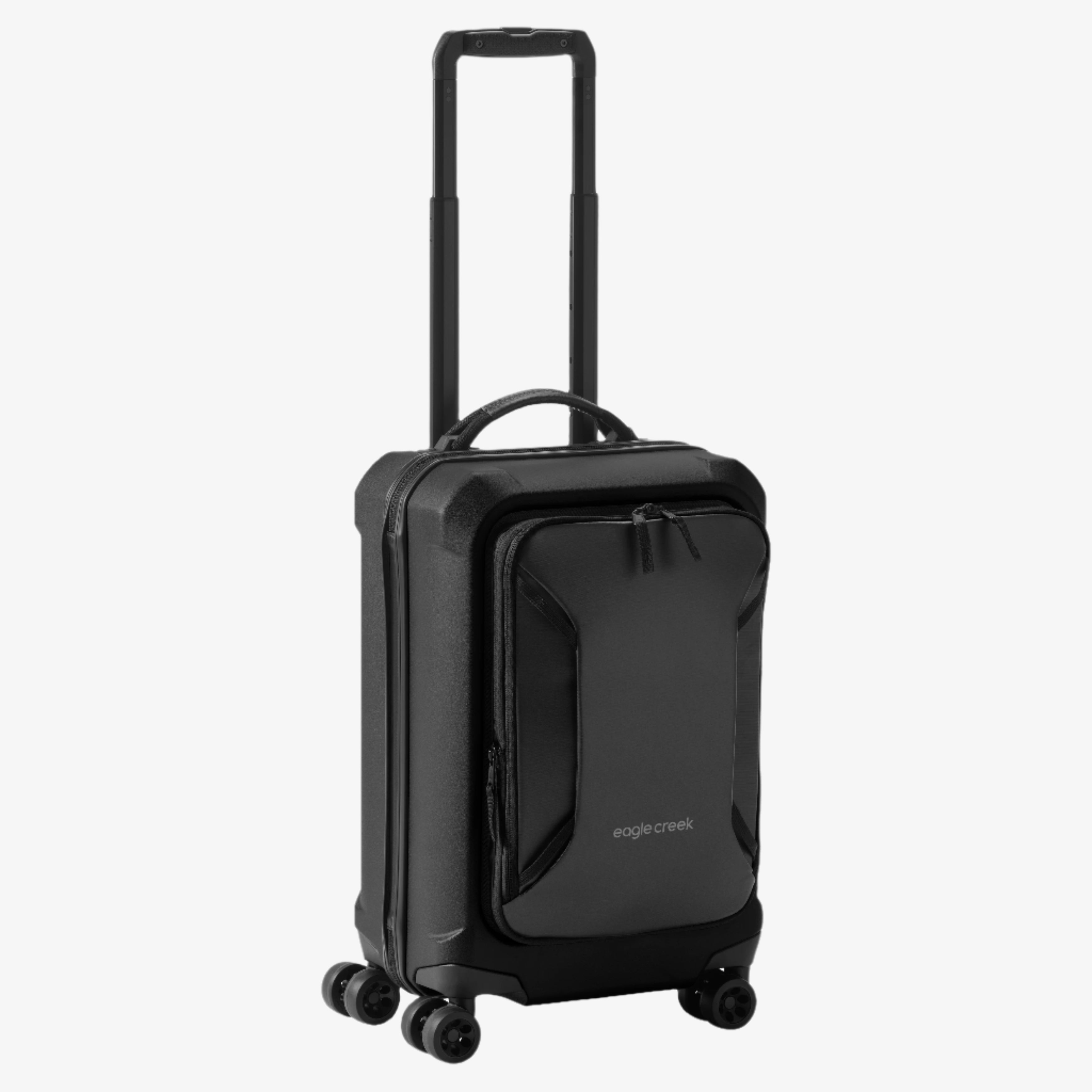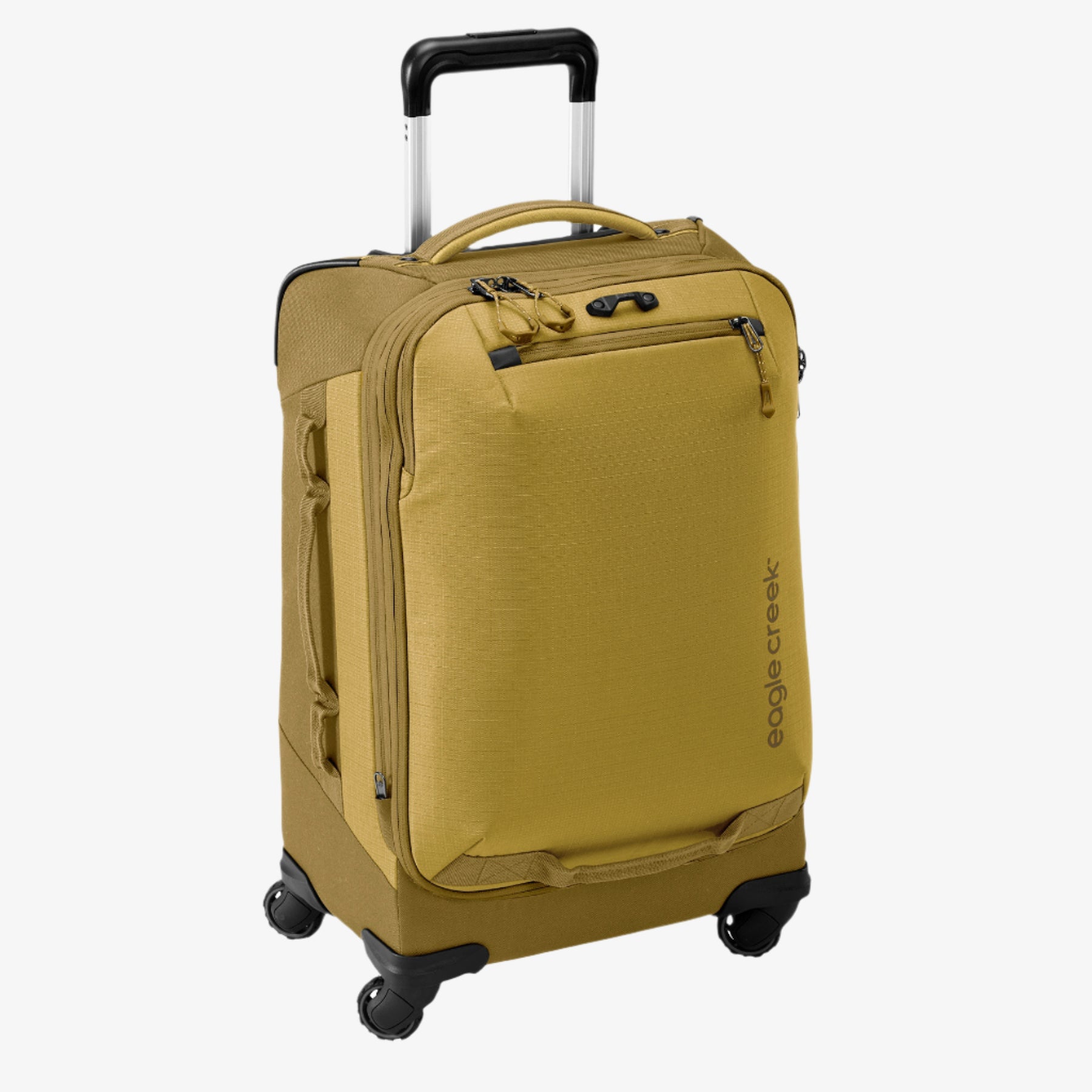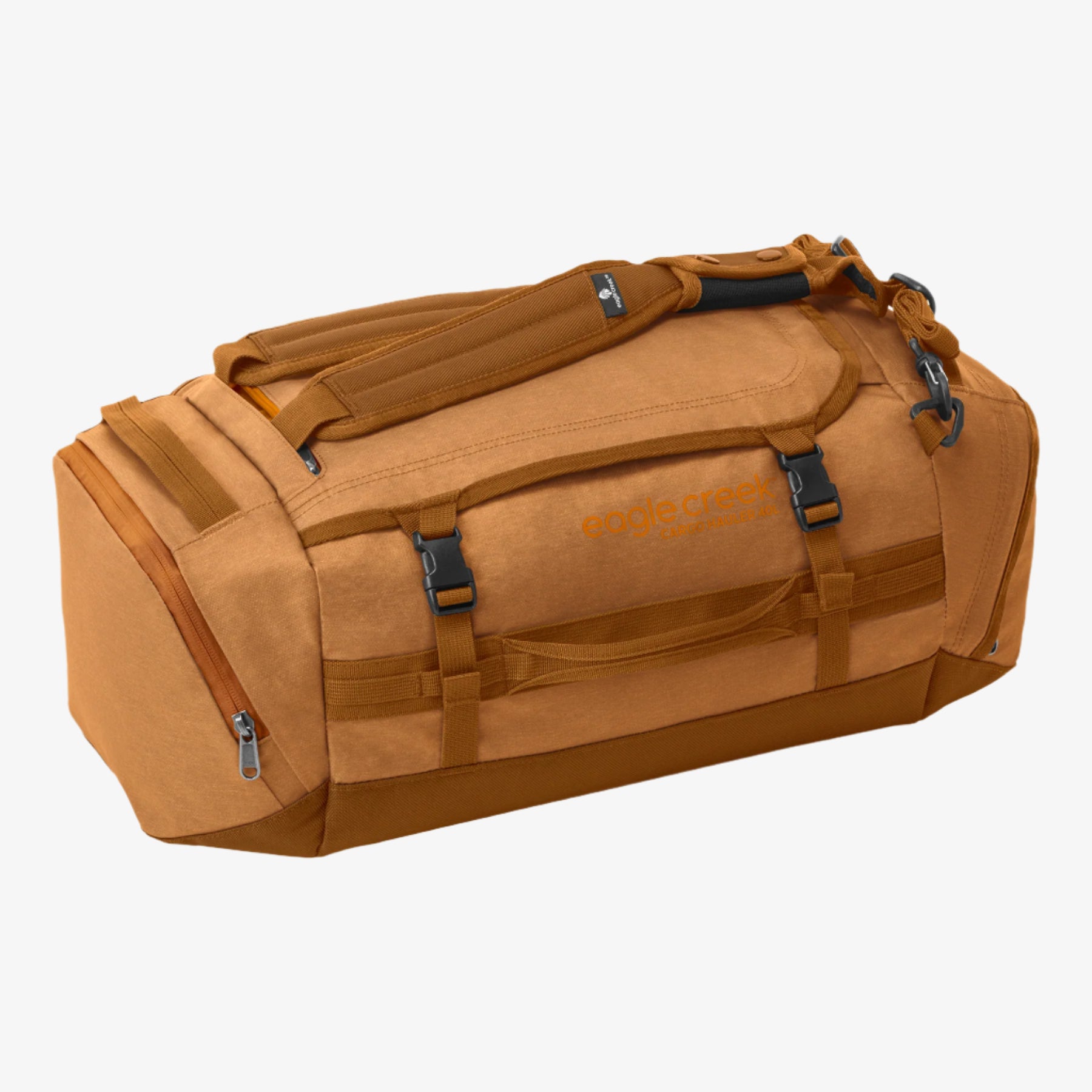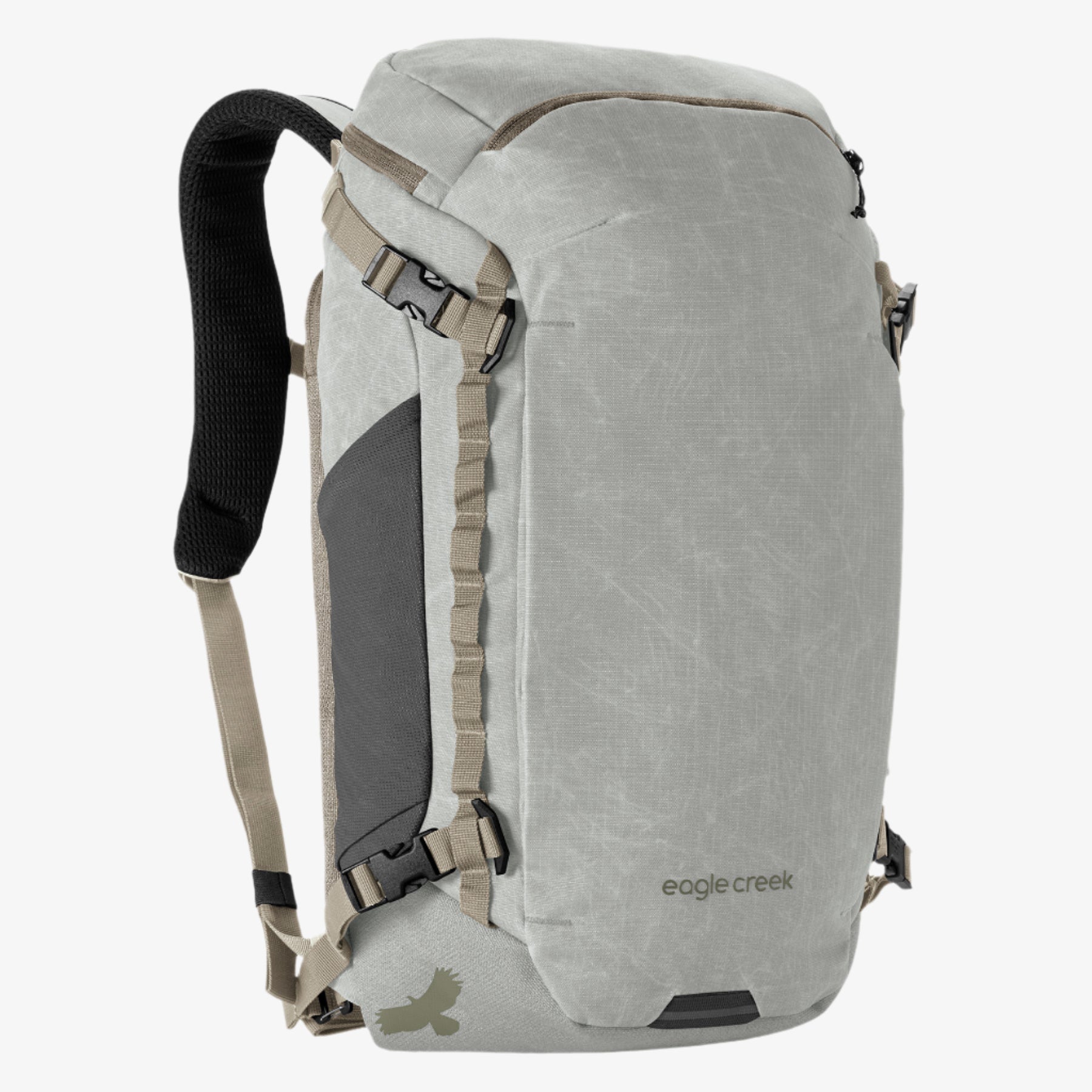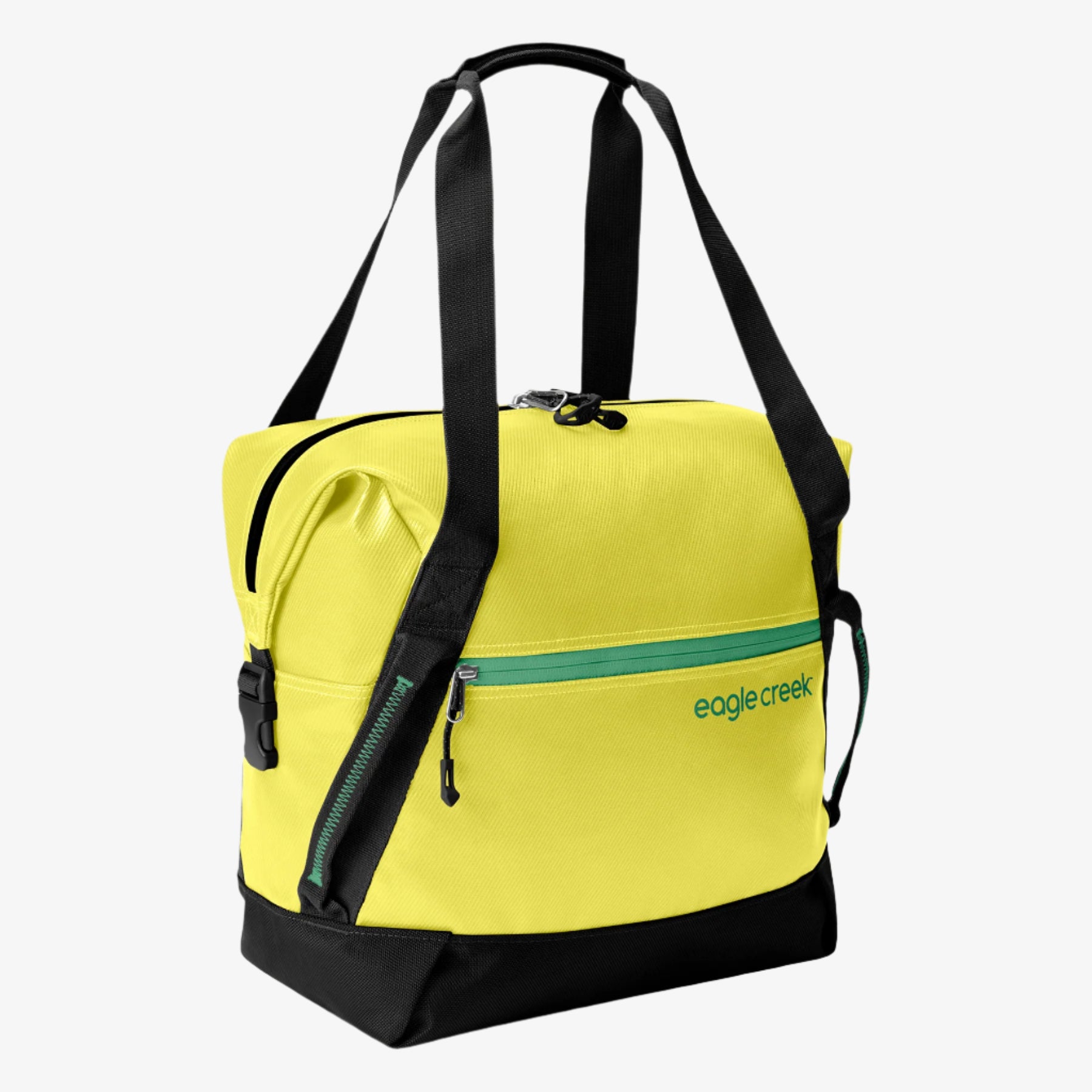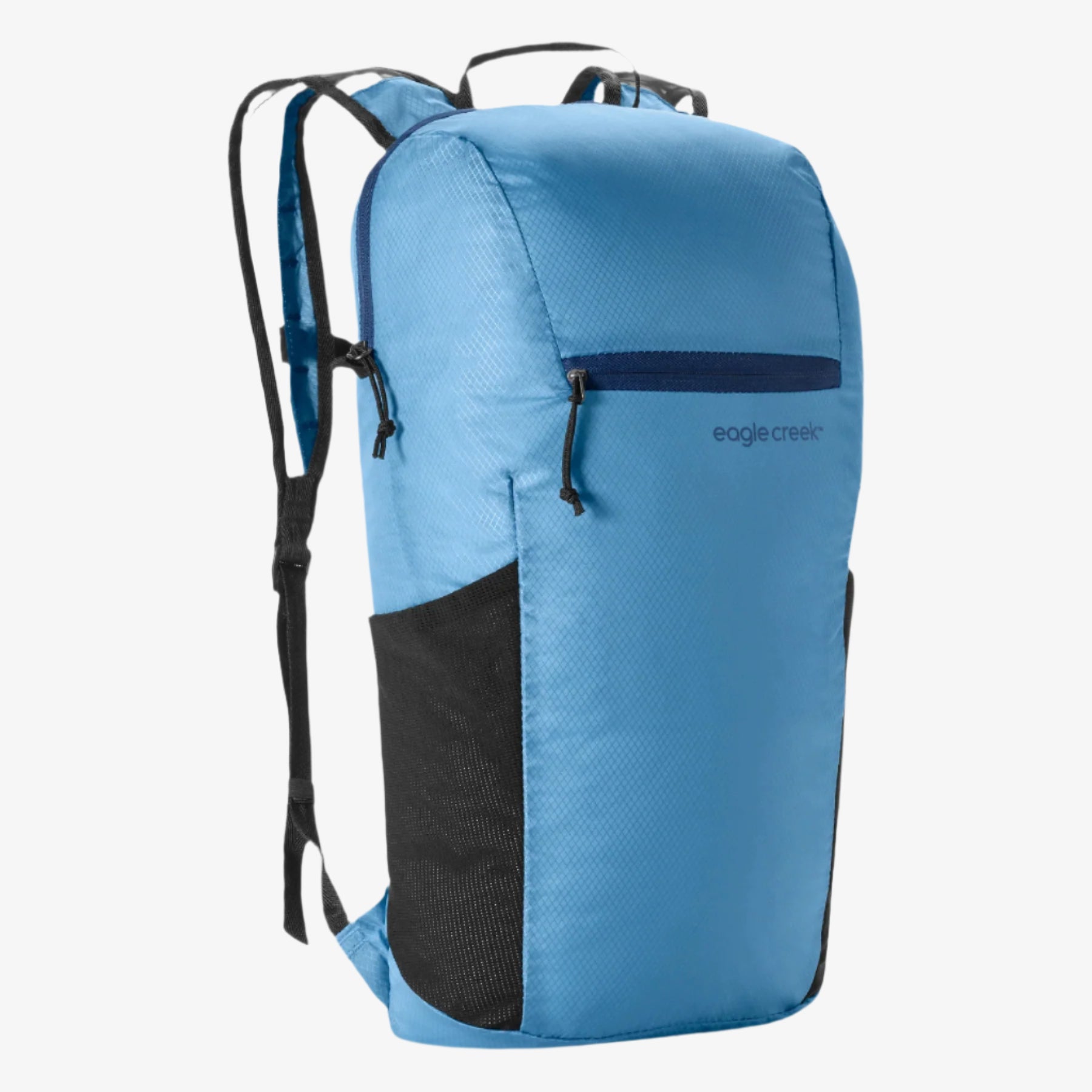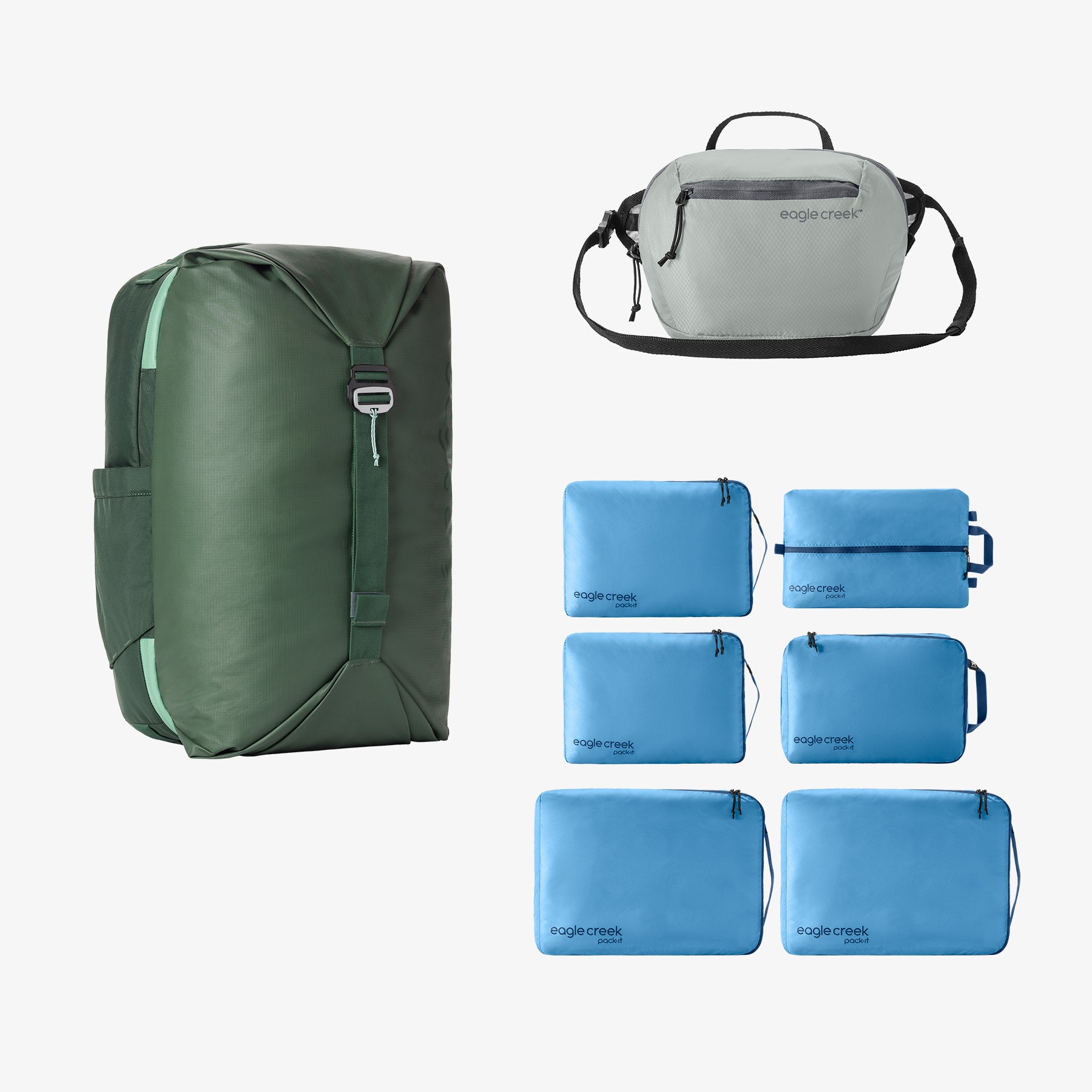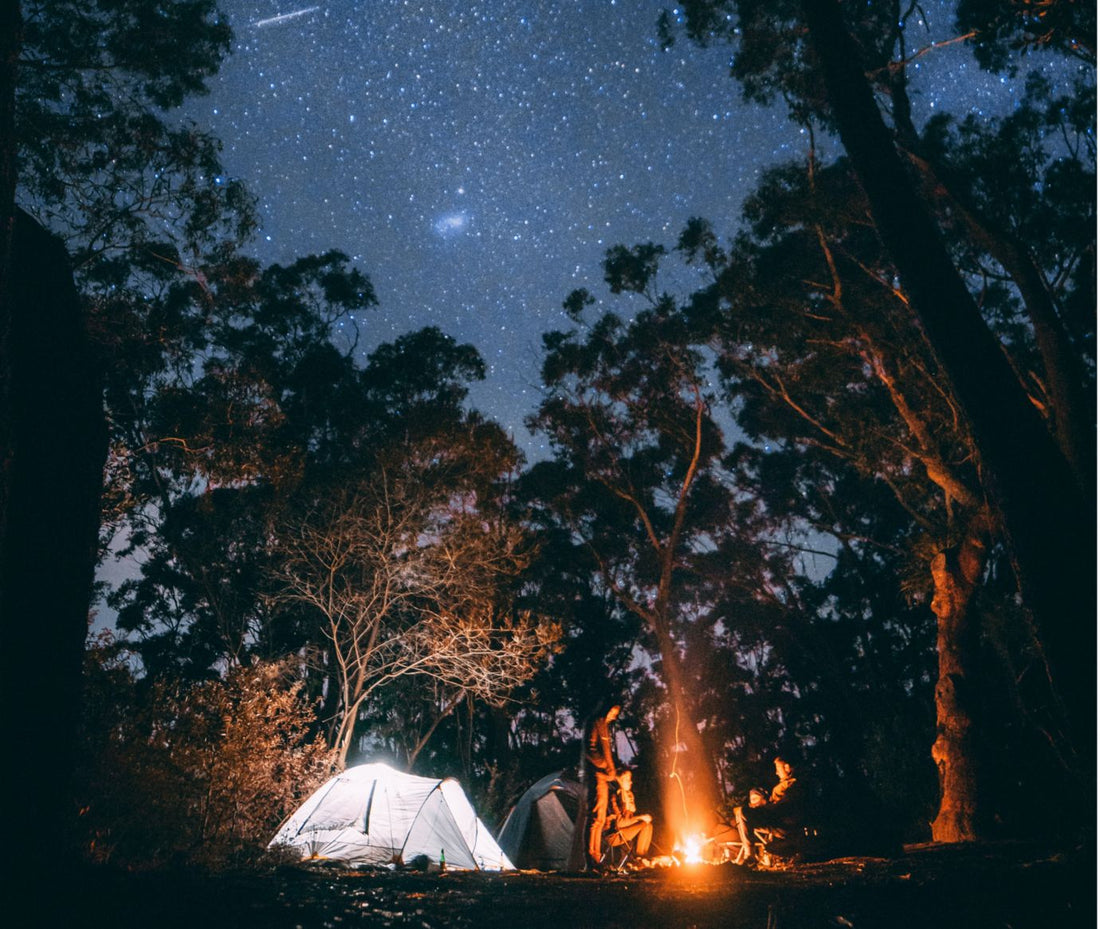
CAMPING CAN BE DANGEROUS, BUT IT DOESN’T HAVE TO BE. AVOID THESE FIVE DANGERS TO STAY SAFE.
Ahh, the great outdoors! The inviting smell of a campfire, toasted marshmallows, and taking time to commune with nature — what’s not to love? Camping is a blast, but unfortunately there can be some danger involved when heading into the woods. The good news? Most of it can be avoided with education and preparation. If you’re planning a camping trip, read up on these five common dangers to avoid when in the wilderness.
Fire Hazards
A good campfire can be magical, but it can also spark danger in a hurry. It’s important to properly build your fire to prevent it from spreading and burning out of control — not only for your own safety, but also for the safety of the forest. Remember: Only you can prevent forest fires. In addition to taking measures to prevent spreading fire, be sure to build your fire a safe distance from your tent. Most tents are made of flame retardant material, but that doesn’t mean they’re indestructible (nor are your things inside the tent!).
Safety Tip: Keep flammables — especially dry papers and liquids — away from the fire, and whenever possible, use rocks to build a non-flammable barrier around your fire.
Bears
Though they may look lovable and cuddly, Yogi and Boo Boo are not to be taken lightly. Bears reside in many popular camping areas throughout the U.S. and Canada, like Yosemite, Yellowstone, and Banff National Parks. Be diligent with food storage (don’t leave your leftovers out!) and try to minimize any sort of food or hygiene product odor that could attract bears by using such products at camp only when absolutely necessary. Many of these parks have areas designated for eating, so keep your meals to those spots. If you see a bear, don’t panic: Just keep your distance and whatever you do, do not approach it. Mother bears are very protective of their cubs, and it’s not uncommon for them to attack if they feel threatened.
Safety Tip: When hiking or camping anywhere with bear activity, make plenty of noise to alert the animals to your presence — chances are, if they hear you, they’ll stay away. When settling in for the night, store your food and hygiene products in a bear canister or hang them in a tree at least 100 feet from camp.
Dangerous Weather
Weather is fickle, and can surprise you no matter how many times you check the forecast. Lightning is a common hazard to be aware of, but it’s not the only one: Be sure to have a plan in place in case of flooding, as well as extreme heat or cold. Research the weather — at all times of day — in the area you’re heading to, and prepare for all possibilities. Hypothermia, for example, isn’t reserved strictly for winter months. Cold summer nights, sudden downpours, or even sweaty hikes are all circumstances that can lead to this dangerous condition.
Safety Tip: During rainy season, set up camp far from moving water, and avoid low-lying areas to protect yourself from dangerous flash floods. If you get caught in the rain, fall in a body of water, or even sweat considerably, dry off as soon as possible and replace your wet clothes with dry ones. Get yourself to a warm place and wrap in blankets as soon as you can. During lightning storms, avoid standing near lone trees and when possible escape to a depression in the terrain or a grouping of small trees surrounded by larger ones. In open fields, get low and minimize contact with the ground.
When dealing with extreme heat, it’s very important to stay hydrated. Drink at least one liter of water an hour.
Plants and Berries
Unless you’re thoroughly trained in identifying wild berries, your best bet is to just avoid them. Though many are safe, others are not for human consumption and could lead to severe illness. The same goes for the many wild plants you’ll likely encounter — certain types can poison you if consumed, or badly irritate your skin if touched.
Safety Tip: Keep it simple: If you can’t identify something with absolute certainty, don’t eat or touch it.
Insects
This one is probably the most common and realistic danger in this list, especially due the fact that ticks and mosquitos have been known to carry diseases such as malaria and Lyme disease. Though insects are hard to avoid — they’re one of those necessary evils when spending time in the great outdoors—there are things you can do to minimize the risk.
Safety Tip: Use insect repellant containing DEET or picaridin and reapply often, especially if you’re sweating or in the water. Before going to bed, inspect yourself for ticks. If you find one burrowed into your skin, remove it immediately ( these instructions from the Center for Disease Control can help) and consult your physician as soon as possible.
While Eagle Creek is here to provide tips and insights on travel, we cannot accept any responsibility for any potential consequences arising from the use of this information. Always conduct your own research and use your best judgment.
Related Posts
The Ultimate Packing List for Camping Beginners
5 Essential Bags for Outdoor Adventures
Outdoor Survival Guide: How to Escape a Flash Flood
How to Handle a Bear Encounter

